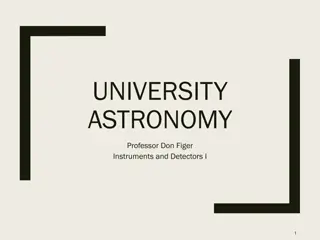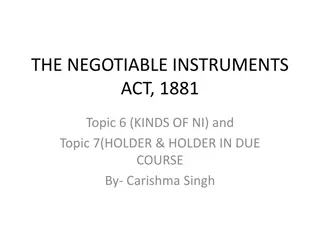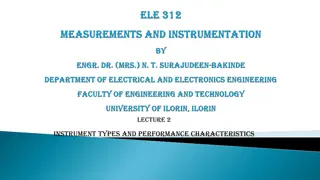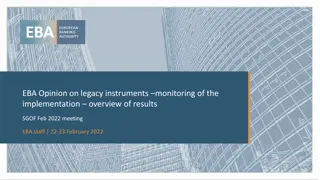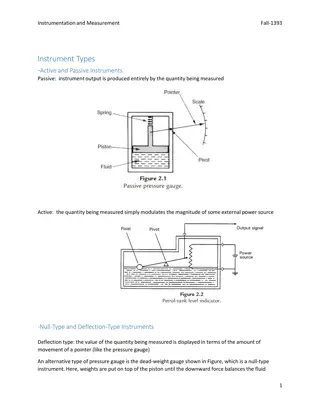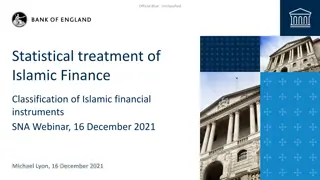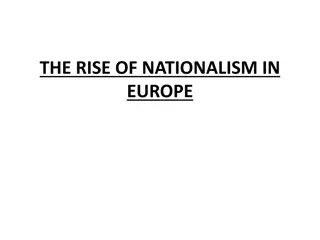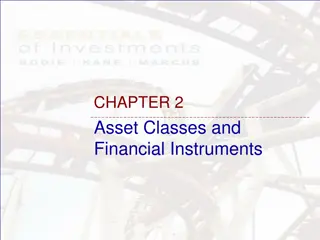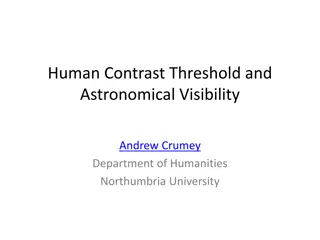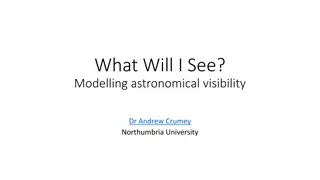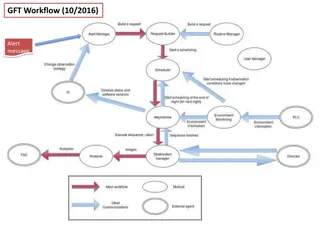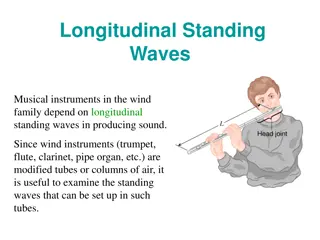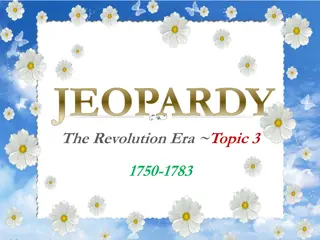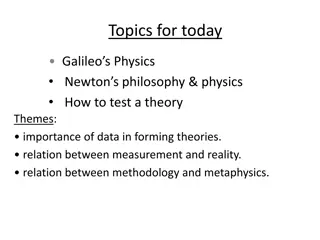Galileo's Revolutionary Astronomical Instruments
Dive into the world of Galileo and his groundbreaking astronomical instruments. From astrolabes to telescopes, discover how these tools revolutionized our understanding of the universe. Explore the history and significance of devices like nocturnals and the Galilean telescope, and learn how they paved the way for modern cosmology. Engage with interactive materials designed for primary and middle school students aged 9-13, and embark on an educational journey through the stars.
Download Presentation

Please find below an Image/Link to download the presentation.
The content on the website is provided AS IS for your information and personal use only. It may not be sold, licensed, or shared on other websites without obtaining consent from the author.If you encounter any issues during the download, it is possible that the publisher has removed the file from their server.
You are allowed to download the files provided on this website for personal or commercial use, subject to the condition that they are used lawfully. All files are the property of their respective owners.
The content on the website is provided AS IS for your information and personal use only. It may not be sold, licensed, or shared on other websites without obtaining consent from the author.
E N D
Presentation Transcript
Galileos New World Post-visit In-depth materials (Primary and middle schools, age 9-13)
Measuring Time by Night: Astrolabes and Nocturnals Highly versatile instruments, astrolabes could also be used to tell the time by day or by night, based on direct measurement of the height of the Sun or of a star. In the 16th century, devices of European design were produced for measuring time by night. Nocturnals, for instance, determined the hour by the position of the last two stars in the Big Dipper in relation to the Pole Star. These instruments were useless when the sky was overcast. Plane astrolabe. Museo Galileo, Florence
Astronomical use of the plane astrolabe The planispheric astrolabe is the most versatile instrument made in antiquity for the analogical performance of astronomical computations. Watch the video
Nocturnal Nocturnals are instruments for finding the time at night by observing the positions of the celestial bodies or the lunar phases. Watch the video
The Telescope: Observing and Measuring Astronomical Phenomena Although the first "spyglasses" were fabricated in Holland in the early 17th century, Galileo alone immediately realized their great astronomical potential. Using two lenses, a plane- convex objective and a plane-concave eyepiece, he perfected the telescope, improving it to a magnifying power of 20 and designing accessories that made it not only an observation instrument but also a device for measuring astronomical phenomena. Galileo's telescope. Museo Galileo, Florence
Galileo's astronomy Galileo inaugurated modern cosmology. Watch the video
Galileo's telescope Original telescope made by Galileo consisting of a main tube with separate housings at either end for the objective and the eyepiece. The tube is formed by strips of wood joined together. Galileo's telescope. Museo Galileo, Florence
Telescope The first rudimentary telescope was invented in Holland. Galileo saw a few copies of it in Venice. Watch the video
Galilean telescope Galilean telescope diagram. Museo Galileo, Florence
Sidereus Nuncius In the Sidereus Nuncius [The Starry Messenger] Galileo published the results of his observations of the Moon, the Milky Way, and most notably the four satellites of Jupiter, never before seen. Galileo Galilei, Sidereus Nuncius, 1610. Drawings of the Moon
Saturn's system In 1610, Galileo observed Saturn with his telescope and found it to be "triple-bodied". Watch the video
Galileo, what a genius! Read more on Galileo
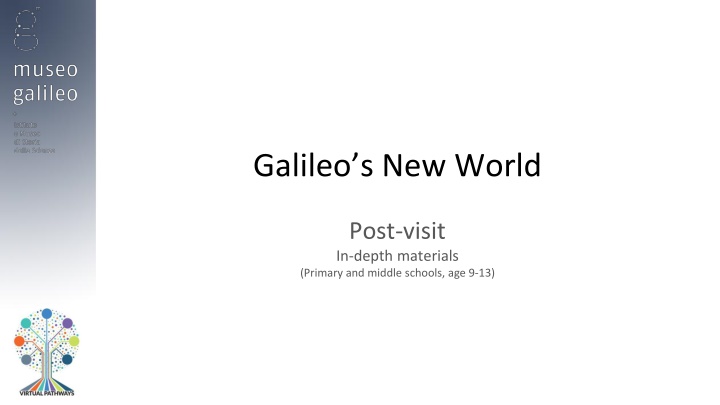

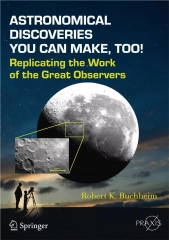
![Read⚡ebook✔[PDF] Io After Galileo: A New View of Jupiter's Volcanic Moon (Sprin](/thumb/21612/read-ebook-pdf-io-after-galileo-a-new-view-of-jupiter-s-volcanic-moon-sprin.jpg)
